25-man roster: The top 5 players from the last 25 years
There have been 25 MLB seasons since Mark McGwire and Sammy Sosa's home run chase in the summer of 1998, which captivated fans but ultimately led to questions that ended the steroids era.
The game has changed a lot since Roger Maris' single-season home run record fell, from testing for performance-enhancing drugs to the industry's entry into the data age. In 1998, there were a lot of home runs, but there was no PITCHf/x, no Statcast, and no FanGraphs.
theScore's baseball writer Travis Sawchik is using that consequential season as a frame in which to rank and discuss the top 25 players of the last 25 years.
Remember, the accomplishments and performance considered for each player cover only the 25 years in question. For example, Barry Bonds is the most dominant hitter since Ted Williams, but the last quarter century only covers the latter portion of his career.
Monday: Introductory essay and players 21-25
Tuesday: Players 16-20
Wednesday: Players 11-15
Thursday: Players 6-10
5. Adrián Beltré
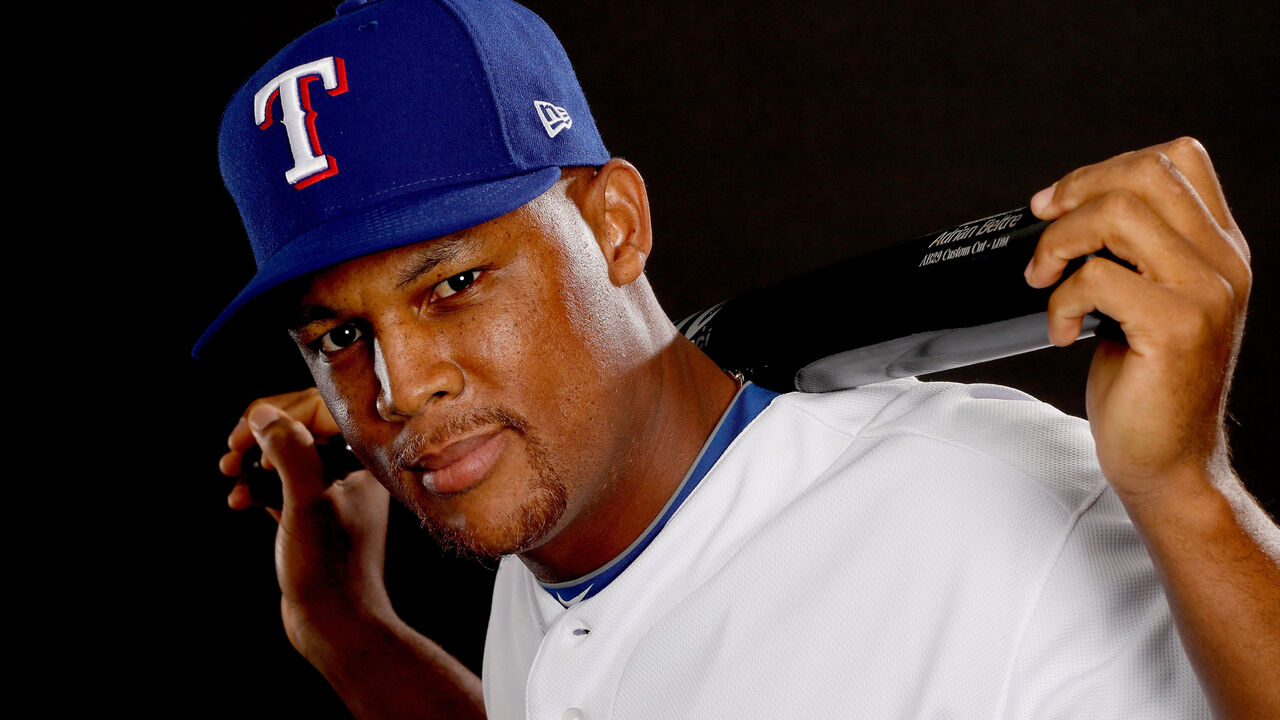
Era teams: Los Angeles Dodgers 1999-2004, Seattle Mariners 2005-09, Boston Red Sox 2010, Texas Rangers 2011-18
Signature performance: On Oct. 4, 2011, Beltré single-handedly sent the Rangers to the ALCS by ripping three home runs in a 4-3 division series-winning victory over the Tampa Bay Rays.
Why he's here: He's the era's ultimate two-way player. He's the top-rated defender on the list, and also possessed a rare bat.
His defensive skill set was elite, possessing a vacuum-like glove and laser arm. He could seemingly range to retrieve anything on the left side of the infield and make any throw required. He was this generation's Brooks Robinson but with a better bat.
He ranked second in the era in defensive runs saved for all positions, trailing only shortstop Andrelton Simmons, and ranked first in Ultimate Zone Rating runs saved, just ahead of Andruw Jones. Eye tests agreed with the metrics as he won five Gold Gloves, and two Platinum Gloves - awarded to the best defender in all of baseball.
And his bat was well above average, too. He ranked third in the era in hits (3,124), and fifth in home runs (470) and RBIs (1,685). Known for prodigious power, it became commonplace for Beltré to homer from awkward positions, even from one knee.
He produced a career 117 OPS+, which means he was 17% better than an MLB-average hitter for 20 years. That's incredibly rare longevity and above-average performance. Seven of eight seasons in which his OPS+ exceeded 128 came after the age of 30.
Twenty of his 21 seasons fall within the era, and he rarely missed time, allowing him to accumulate production. But it was quality accumulation. He recorded nine seasons of 5-plus WAR, tying him with Miguel Cabrera for second most in the era (No. 1 appears later on this list).
He became a first-ballot Hall of Famer earlier this year, receiving 97% of the vote. It's difficult to get 75% of baseball writers to agree on many candidates.
4. Justin Verlander
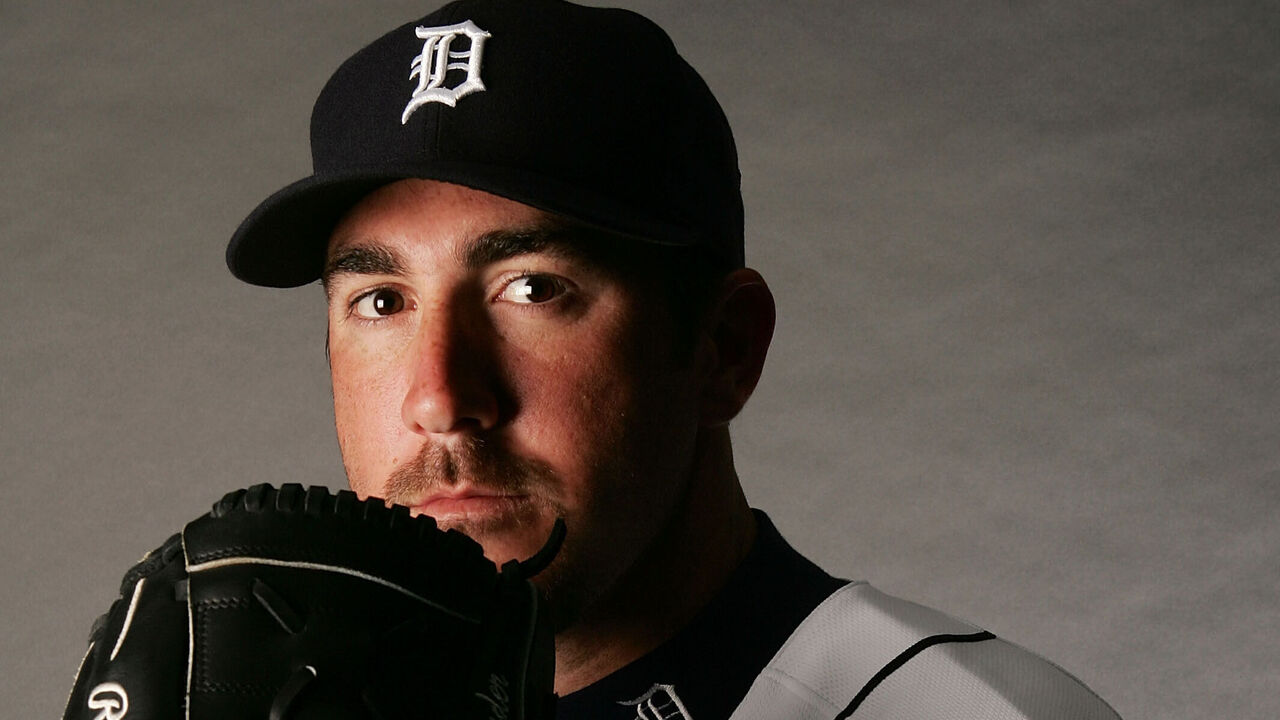
Era teams: Detroit Tigers 2005-17; Houston Astros 2017-22, 2023; New York Mets 2023
Signature performance: Verlander was named ALCS MVP in 2017 after helping the Astros knock off the Yankees. In Game 2, he threw a 124-pitch shutout, and he tossed eight shutout innings in Game 6 facing elimination.
While the Astros' hitters stole signs, Verlander and his fellow pitchers weren't involved in such a scheme. Verlander, however, was linked to foreign-substance use to improve his spin rate.
Why he's here: In an era when accumulating wins is difficult, when pitchers struggle to remain healthy, and are inefficient with pitch counts, Verlander is among the outliers. He ranks first in the era with 257 wins. Although wins is a statistic dependent in part on the rest of his team and has fallen out of favor as an accurate measurement of talent, it still speaks to his rare durability and skill set.
In employing a new-age metric, WAR, he also ranks first among all pitchers. Take your pick: wins or wins above replacement, either way, he ranks No. 1.
His peak seven seasons were also elite and trail only Randy Johnson and Pedro Martinez. His eight seasons of 5-plus WAR are tied with Max Scherzer.
Verlander's known for durability. He's pitched exceptionally well deep into his career, finishing the era with 3,325 1/3 innings, which ranks third, and second in strikeouts (3,342), trailing only Scherzer by 25. Only CC Sabathia, Verlander, and Zack Greinke threw more than 50,000 pitches in the era. Verlander trails Sabathia by about 2,300 but threw 250 fewer innings.
He became renowned for his ability to maintain and even increase his pitch velocity late in games. He threw 1,848 pitches at 95 mph or faster in the seventh inning or later during the last quarter century. Only one other pitcher, Gerrit Cole, managed to hit 1,000.
Only Kershaw's four-seam fastball produced more value in the era according to FanGraphs' pitch value metric.
Verlander's fastball was elite, and his curveball was another signature pitch. But it was refining his slider when he arrived in Houston, by embracing high-speed video and pitch data shared with him, that gave his career an elite final chapter.
While his career is similar to Scherzer's and Kershaw's - the three are essentially in the same tier - Verlander tallied a bit more overall production, in large part because of his late-career boost and improved slider.
3. Alex Rodriguez
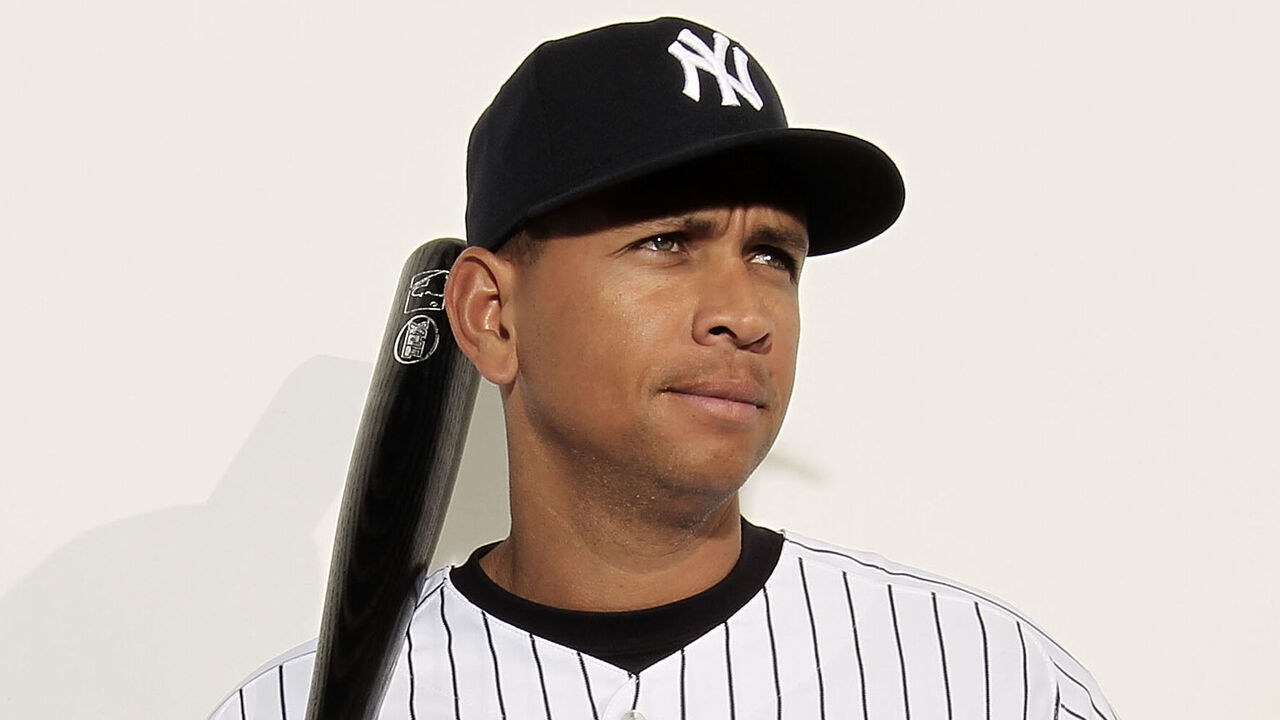
Era teams: Mariners 1999-2000; Rangers 2001-03; Yankees 2004-13, 2015-16
Signature performance: A year after hitting 52 home runs as a shortstop in his first season with the Rangers, arriving there on a record free-agent contract, Rodriguez hit 57 and knocked in 142 runs in 2002. He's the only shortstop to record a 50-homer season in MLB history and he did it twice in this era.
Why he's here: Rodriguez certainly wasn't a beloved player during his career. He was suspended for the entire 2014 season, part of a 211-game suspension for doping. (He took a 10% hit in our process because of his PED ties.) There was the kissing-the-mirror photo shoot in 2009, which for many spoke to A-Rod's perceived self-absorption and lack of awareness. He was a lightning rod for criticism in New York - some of it brought on by his actions, some of it manufactured - and he was typically contrasted in a negative light compared to teammate Derek Jeter.
But this collection of players isn't about popularity, it's about production. And Rodriguez was an all-time great on the field.
He was a prodigy and lived up to the hype. The No. 1 overall pick in 1993, he was named the Mariners' Opening Day shortstop at age 20 in 1996 and responded by leading the majors in batting average (.356) and the AL in runs scored (141). He posted a 161 OPS+. And that season isn't even included in this ranking.
No shortstop in the game's history enjoyed a peak like Rodriguez's. From 2001-07, when he won three MVPs, he averaged a .304/.400/.591 line, 47 homers, 130 RBIs, and 19 steals. The only other shortstops to hit more than 40 homers in a season are Ernie Banks and Fernando Tatis Jr.
He hit like a Hall of Fame corner outfielder yet did it at a premier defensive position, where he won two Gold Gloves. He could have played shortstop his entire career, but moved to third base in New York to accommodate a lesser defender in Jeter.
Between his age-24 and -31 campaigns, he averaged 8.3 WAR per season. That's Bondsian. The idea that he was a choker in the postseason is simply off the mark - he had an .822 OPS in October.
It would be nearly a perfect resume if not for the self-inflicted blemishes. Still, if aliens were attacking Earth, and humans had to win a baseball game to save civilization, we'd want peak ARod at shortstop.
2. Mike Trout
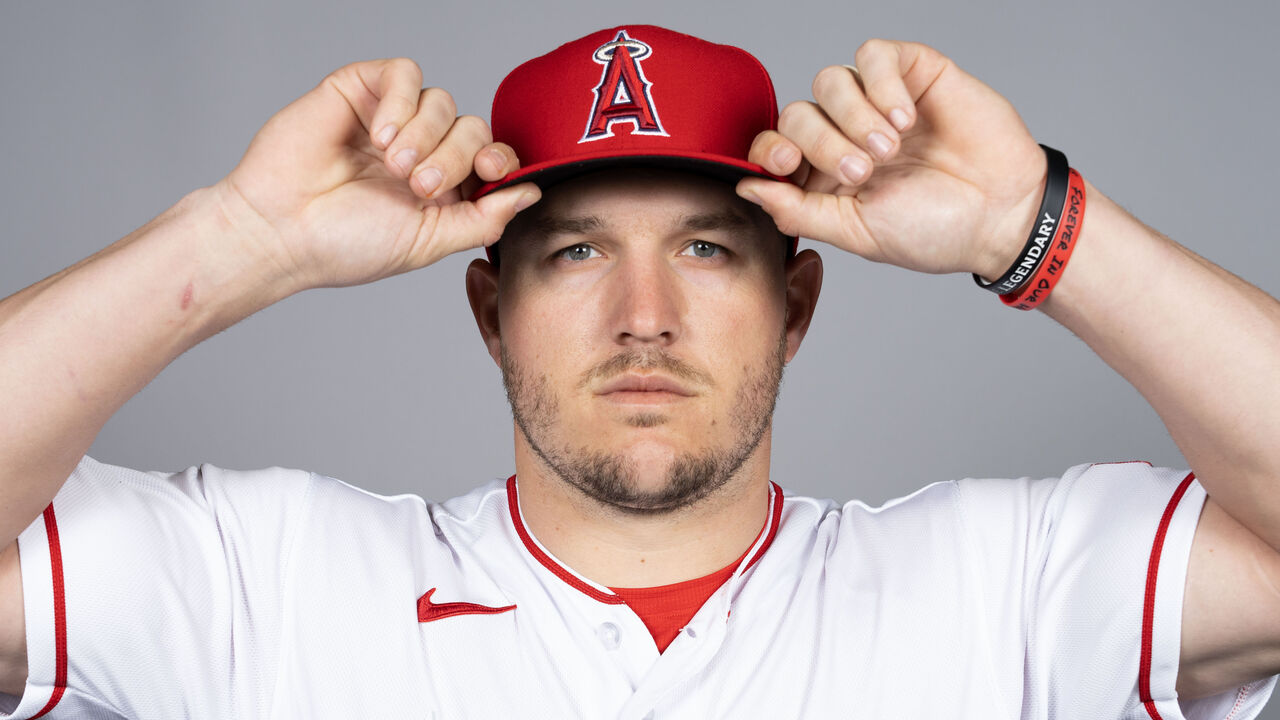
Era team: Los Angeles Angels 2011-present
Signature performance: After struggling in his first taste of the majors in 2011, Trout burst into prominence in his first full season at age 20 in 2012, producing a 10-WAR campaign. And it was in that season that he made the catch of his career - perhaps the catch of the era:
At his peak, Trout was a dynamic defensive and offensive performer. He seemed like a superhero and no play better embodies that.
Why he's here: Trout and Rodriguez were very similar on the field, although not so much off it.
Each was a dynamic, five-tool performer at a premium up-the-middle position for the first half of his career, sustaining superstar-level production for nearly a decade.
From his age-20 through age-27 seasons, Trout averaged a .308/.422/.587 slash line. He averaged 35 home runs, 110 runs, 24 steals, 99 walks, and a 1.009 OPS per year. That was good for a 178 OPS+. And this is before even considering his value on the bases or in the field.
For context, Ronald Acuña Jr., the reigning NL MVP, posted a 168 OPS+ last year. He could repeat that season seven more times and he still wouldn't quite be Troutian.
While Trout's become more of a slug-first player in recent years as injuries and age have caught up to him, don't forget he led the AL in steals with 49 as a 20-year-old. In his first full five seasons in the majors, he nearly averaged a 30-30 (33 homers, 28 steals).
At his peak, Trout was one of the game's fastest players, one of its best defenders, and possessed some of the best bat-to-ball qualities in the game, which produced otherworldly power, especially on pitches down in the zone. His compact, lightning-quick swing had virtually no holes.
And he did all this without any cloud of PED use hanging over him.
Unfortunately for Trout, and for baseball fans, there haven't been many October Trout moments because of the lowly state of the Angels around him. He's played in one postseason series, in 2014 versus the Royals, and had one hit in 12 at-bats. This isn't the NBA where a couple of superstars can result in deep playoff pushes, or the NFL where a star quarterback drives so much team success. Even the best players in baseball can only have so much impact, and Trout (even coupled with Ohtani) is a great example of that. But that doesn't diminish how great of a player he is, the second-best player of the era.
1. Albert Pujols
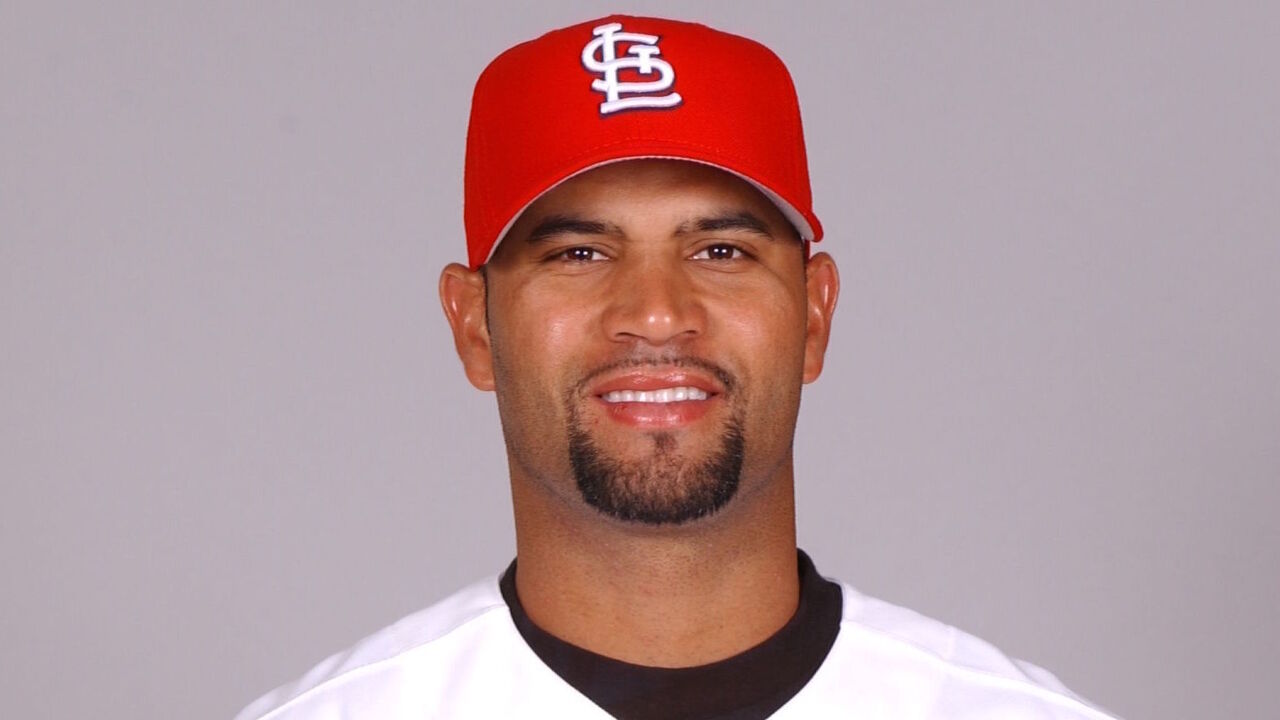
Era teams: St. Louis Cardinals 2001-11, 2022; Angels 2012-21; Dodgers 2021
Signature performance: One swing comes to mind immediately. The one that put the Cardinals ahead in Game 5 of the 2005 NLDS:
Why he's here: There are arguments to be made for other players.
The top pitchers on this list were amazing, and if you needed one game to win, they'd make a bigger impact. But this list is about peak performance and total body of work.
Bonds was the most dominant per-plate-appearance player, but he played only part of his career in this era and likely benefited considerably from steroids.
Trout and Rodriguez are also all-time greats, but Pujols exceeded their resumes in a couple of places.
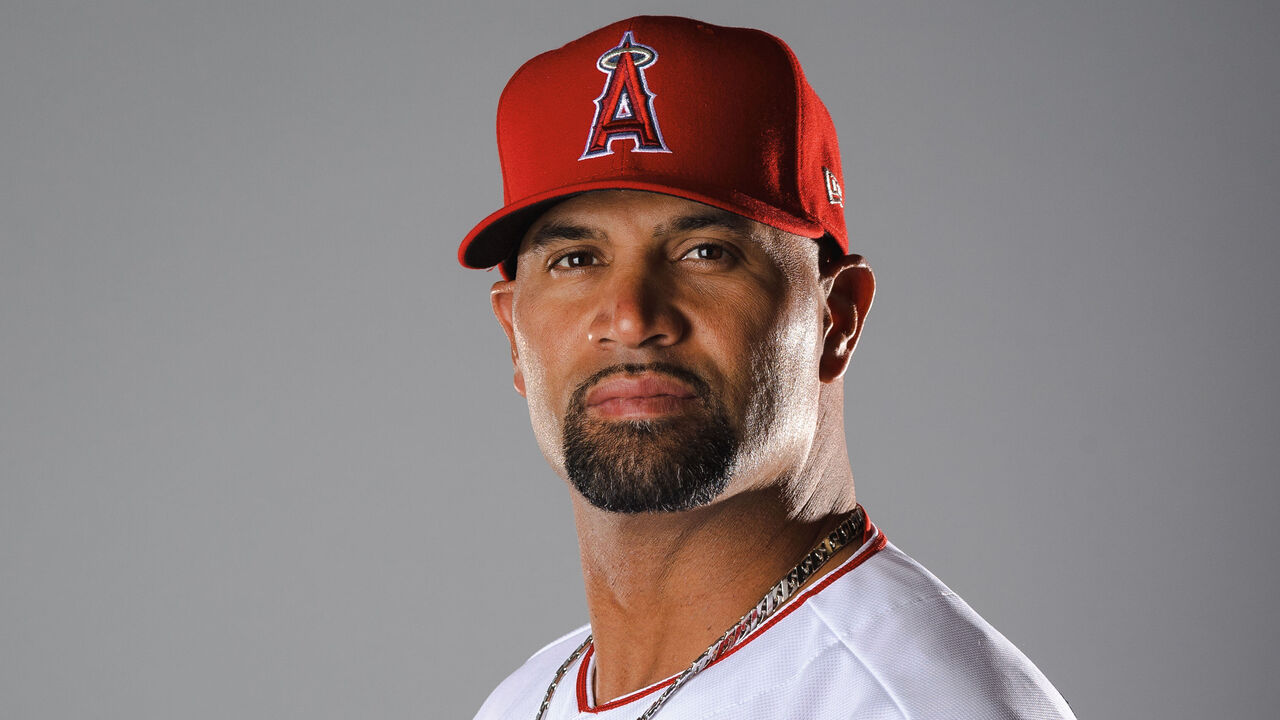
They're all great players, but Pujols had no weakness. He had a rare volume of production. He had a rarified peak. He didn't play under a steroid cloud. He hit important benchmark numbers. He owns an impeccable resume. He earns the No. 1 spot.
For starters, consider he led the era in the most important advanced stat: WAR. He's the only player in the period to reach the 100-WAR mark (101.7), according to Baseball Reference's version of the metric.
With his wide batting stance and extremely strong hands that took a direct and powerful path to the ball, he won three MVPs and produced an era-best 11 seasons of 5-plus WAR. He was nicknamed "The Machine" for good reason; his consistent quality is unmatched.
He debuted in 2001 and was an immediate star at 21, earning NL Rookie of the Year honors as a third baseman. Over his first 12 seasons, he never produced fewer than 4.8 WAR. During that period, he averaged .325/.414/.608 and a 1.022 OPS, and 42 homers and 120 RBIs.
He controlled the strike zone and had elite power, but also had the sublime bat-to-ball skills of a contact hitter.
He led the era in home runs by more than 100 over Rodriguez and became the fourth player in history to reach 700.
He also led all players in hits, RBIs, doubles, and runs. His 145 OPS+ means he was 45% better than the average hitter for the entirety of his 22-year career.
Finally, Pujols is also the most unlikely player to land here, a 13th-round pick of the Cardinals in 1999. He's a reminder of the imperfect nature of player evaluation in the sport, and that even the era's greatest player can come from the most unlikely spot: Metropolitan Community College in Kansas City.
Travis Sawchik is theScore's senior baseball writer.